Home>Furniture & Design>Interior Design Trends>How To Weatherproof Sliding Glass Doors
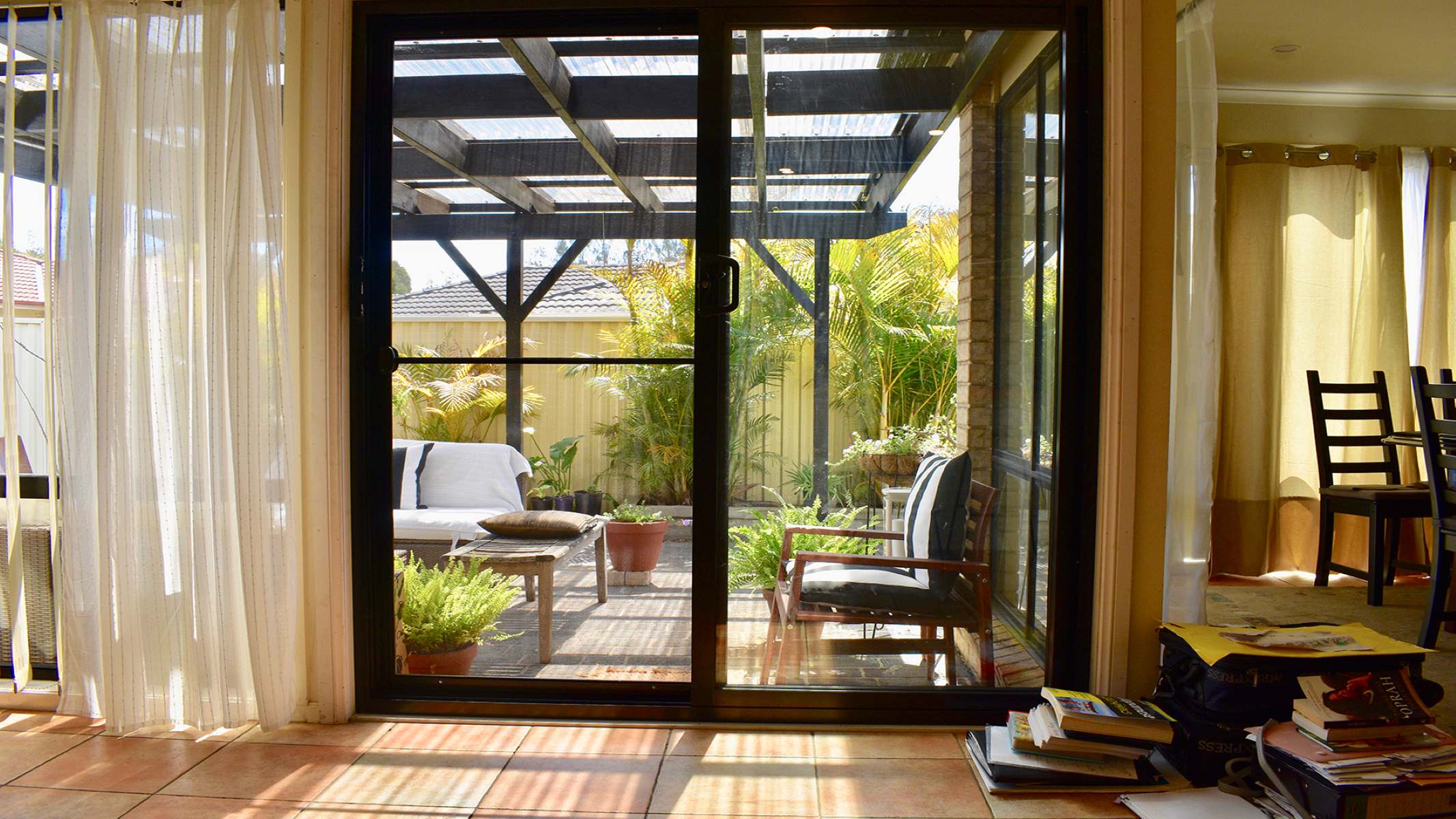

Interior Design Trends
How To Weatherproof Sliding Glass Doors
Modified: February 18, 2024
Learn how to weatherproof sliding glass doors and stay on top of the latest interior design trends with our expert tips and advice. Keep your home stylish and protected.
(Many of the links in this article redirect to a specific reviewed product. Your purchase of these products through affiliate links helps to generate commission for Storables.com, at no extra cost. Learn more)
Introduction
Weatherproofing sliding glass doors is a crucial aspect of home maintenance, especially for those residing in regions prone to extreme weather conditions. These doors not only serve as a gateway to the outdoors but also play a significant role in regulating indoor temperature and energy efficiency. By effectively weatherproofing sliding glass doors, homeowners can mitigate potential issues such as drafts, moisture infiltration, and energy loss, ultimately enhancing the comfort and sustainability of their living spaces.
In this comprehensive guide, we will delve into the essential steps and considerations for weatherproofing sliding glass doors. From understanding the importance of weatherproofing to selecting the right materials and executing the weatherproofing process, this article will equip you with the knowledge and insights needed to safeguard your sliding glass doors against the elements.
As we embark on this journey, it's important to recognize that weatherproofing is not merely a maintenance task but a proactive measure to preserve the integrity and functionality of sliding glass doors. Whether you're a seasoned homeowner or a first-time property owner, the information presented here will empower you to take proactive steps in protecting your home from the adverse effects of inclement weather.
With a focus on practicality and effectiveness, this guide will provide actionable tips and best practices for weatherproofing sliding glass doors, ensuring that you can enjoy a secure, comfortable, and energy-efficient living environment. Let's embark on this insightful exploration of weatherproofing sliding glass doors, where we'll uncover the key strategies and techniques to safeguard your home against the forces of nature.
Key Takeaways:
- Protect your home from extreme weather by weatherproofing sliding glass doors. It enhances energy efficiency, indoor comfort, and the doors’ longevity, ensuring a secure and sustainable living environment.
- Choose high-quality weatherproofing materials and apply them meticulously. Regular maintenance sustains the doors’ resilience, contributing to long-term protection and peace of mind.
Understanding the Importance of Weatherproofing Sliding Glass Doors
Weatherproofing sliding glass doors is a fundamental aspect of home maintenance, serving as a proactive measure to fortify your living space against the elements. These doors, while aesthetically pleasing and functional, are susceptible to various weather-related challenges that can compromise both the structural integrity of the doors and the comfort of your home.
One of the primary reasons to prioritize weatherproofing for sliding glass doors is to mitigate the impact of inclement weather. Whether it's heavy rain, snow, or strong winds, these natural elements can exert significant pressure on the doors, potentially leading to water infiltration, drafts, and even structural damage. By implementing effective weatherproofing measures, homeowners can create a barrier against these external forces, safeguarding their interiors from potential harm.
Moreover, weatherproofing sliding glass doors plays a pivotal role in enhancing energy efficiency within the home. When these doors are not properly sealed, they can contribute to heat loss during colder months and allow heat infiltration during warmer periods. This can result in increased energy consumption as heating and cooling systems work harder to maintain a comfortable indoor temperature. By weatherproofing sliding glass doors, homeowners can create a more thermally efficient environment, leading to potential energy cost savings and reduced environmental impact.
Another critical aspect of weatherproofing is the preservation of indoor air quality and comfort. Inadequately sealed sliding glass doors can allow moisture and outdoor pollutants to enter the home, potentially leading to mold growth, musty odors, and allergen accumulation. By effectively weatherproofing these doors, homeowners can maintain a healthier indoor environment, free from the adverse effects of moisture and outdoor contaminants.
Furthermore, weatherproofing sliding glass doors contributes to the longevity and durability of the doors themselves. Exposure to harsh weather conditions can accelerate wear and tear, leading to premature deterioration of the doors and their components. Through proper weatherproofing, homeowners can protect their investment, ensuring that the sliding glass doors remain functional and visually appealing for years to come.
In essence, understanding the importance of weatherproofing sliding glass doors underscores the holistic benefits it offers, encompassing structural integrity, energy efficiency, indoor comfort, and long-term durability. By recognizing the multifaceted impact of weatherproofing, homeowners can make informed decisions and take proactive steps to fortify their living spaces against the ever-changing elements.
Choosing the Right Weatherproofing Materials
Selecting the appropriate weatherproofing materials is a critical step in ensuring the effectiveness and longevity of the weatherproofing process for sliding glass doors. The right materials can create a robust barrier against external elements while contributing to the overall aesthetic appeal of the doors and their surroundings.
Weatherproofing Sealant:
Choosing a high-quality weatherproofing sealant is paramount to the success of the weatherproofing endeavor. Silicone-based sealants are popular for their durability and flexibility, allowing them to withstand temperature variations and structural movements without compromising their effectiveness. Additionally, look for sealants specifically designed for outdoor use, as they are formulated to resist UV exposure and harsh weather conditions, ensuring long-lasting performance.
Weather Stripping:
Opting for weather stripping that is tailored to the unique requirements of sliding glass doors is essential. The weather stripping should effectively seal gaps and create a tight barrier against drafts and moisture. Consider weather stripping made from materials such as vinyl, rubber, or foam, as they offer resilience and adaptability to the door's movements while maintaining a secure seal.
Read more: How Long Is A Sliding Glass Door
Door Sweeps:
Incorporating door sweeps into the weatherproofing strategy can significantly enhance the doors' ability to resist drafts and moisture infiltration. Look for door sweeps that are designed for sliding doors, featuring durable materials such as aluminum or heavy-duty rubber. The door sweeps should be easy to install and capable of sealing the bottom gap of the doors effectively.
Insulating Films:
For homeowners seeking additional insulation and energy efficiency, insulating films can be a valuable weatherproofing material. These transparent films are designed to adhere to the glass surface, creating an extra layer of insulation to minimize heat transfer and drafts. When selecting insulating films, prioritize those with UV-resistant properties to maintain clarity and longevity.
Hardware and Fasteners:
Ensuring that the sliding glass doors are equipped with corrosion-resistant hardware and fasteners is crucial for long-term weatherproofing. Stainless steel or galvanized hardware can withstand outdoor exposure and moisture, preventing rust and degradation that could compromise the doors' structural integrity.
By carefully considering and selecting the right weatherproofing materials, homeowners can fortify their sliding glass doors against the elements while enhancing the overall functionality and aesthetics of their living spaces. These materials, when thoughtfully chosen and applied, contribute to a comprehensive weatherproofing solution that promotes durability, energy efficiency, and comfort within the home.
Preparing the Sliding Glass Doors for Weatherproofing
Before embarking on the weatherproofing process, it is essential to thoroughly prepare the sliding glass doors to ensure optimal adhesion and effectiveness of the weatherproofing materials. Proper preparation sets the foundation for a durable and reliable weatherproofing solution, safeguarding the doors against the elements for an extended period.
Read more: How To Childproof Sliding Glass Doors
Cleaning and Inspection:
The first step in preparing the sliding glass doors for weatherproofing involves a comprehensive cleaning and inspection process. Begin by thoroughly cleaning the door surfaces, including the frames and glass panels, to remove any dirt, debris, or existing sealants. Use a mild detergent or glass cleaner to ensure a clean and smooth surface for the application of weatherproofing materials. Once cleaned, inspect the doors for any signs of damage, such as cracks, gaps, or deteriorated weather stripping. Addressing these issues before weatherproofing is crucial to prevent potential vulnerabilities in the doors' defense against weather elements.
Surface Preparation:
After cleaning and inspecting the doors, it is important to prepare the surfaces for the application of weatherproofing sealant and other materials. Use a suitable solvent or alcohol-based cleaner to remove any residual grease, silicone, or adhesive from previous sealants. This step is essential to promote strong adhesion and prevent potential bonding issues with the new weatherproofing materials. Additionally, ensure that the surfaces are completely dry before proceeding with the weatherproofing process to facilitate optimal bonding and effectiveness.
Addressing Existing Gaps and Damage:
As part of the preparation, it is crucial to address any existing gaps, cracks, or damage around the sliding glass doors. Replace worn or damaged weather stripping and door sweeps to ensure a secure and airtight seal. Additionally, use a suitable filler or sealant to patch any visible gaps or cracks in the door frames or surrounding areas. By addressing these vulnerabilities before weatherproofing, homeowners can fortify the doors against drafts, moisture, and potential structural issues, enhancing the overall effectiveness of the weatherproofing solution.
Masking and Protection:
To prevent accidental application of weatherproofing materials on unintended surfaces, it is advisable to mask and protect surrounding areas, such as adjacent walls, flooring, and hardware. Use painter's tape and protective coverings to shield these areas from overspray or accidental contact with sealants and other weatherproofing products. This precautionary measure helps maintain the aesthetic integrity of the surrounding spaces while focusing the weatherproofing efforts on the intended door surfaces.
By diligently preparing the sliding glass doors for weatherproofing, homeowners can lay the groundwork for a robust and enduring defense against the elements. This proactive approach ensures that the weatherproofing materials adhere effectively, creating a secure and resilient barrier that enhances the doors' structural integrity, energy efficiency, and overall performance.
Read more: How To Childproof A Sliding Glass Door
Applying Weatherproofing Sealant to Sliding Glass Doors
The application of weatherproofing sealant is a pivotal step in fortifying sliding glass doors against the elements. When executed with precision and attention to detail, this process creates a resilient barrier that safeguards the doors from moisture infiltration, drafts, and structural degradation. Here's a detailed overview of the essential steps involved in applying weatherproofing sealant to sliding glass doors:
Step 1: Selecting the Right Sealant
Choosing a high-quality weatherproofing sealant tailored for outdoor use is paramount. Opt for a silicone-based sealant known for its durability and flexibility, capable of withstanding temperature variations and structural movements without compromising its effectiveness. Additionally, ensure that the selected sealant offers UV resistance to withstand prolonged exposure to sunlight, maintaining its integrity over time.
Step 2: Surface Preparation
Before applying the sealant, prepare the door surfaces by thoroughly cleaning and drying them. Remove any residual dirt, debris, or existing sealants using a suitable solvent or alcohol-based cleaner. This step is crucial to promote strong adhesion and prevent potential bonding issues with the new weatherproofing sealant.
Step 3: Application Technique
Using a caulking gun, apply a continuous and even bead of sealant along the perimeter of the sliding glass door where the frame meets the glass. Ensure that the sealant fills any gaps or voids, creating a seamless and airtight seal. Pay particular attention to the corners and joints, as these areas are susceptible to water infiltration and drafts.
Read more: How To Lock A Sliding Glass Door
Step 4: Smoothing and Finishing
After applying the sealant, use a putty knife or a specialized caulking tool to smooth the bead and remove any excess sealant. This step not only enhances the aesthetic appeal of the sealant application but also ensures a uniform and effective seal. Additionally, consider using a wet finger or cloth to further smooth the sealant, achieving a clean and professional finish.
Step 5: Curing and Drying
Allow the applied sealant to cure and dry according to the manufacturer's instructions. This typically involves a waiting period to ensure that the sealant achieves its optimal strength and adhesion. Avoid exposing the freshly applied sealant to moisture or extreme temperatures during this curing period to prevent potential compromise of its effectiveness.
By meticulously following these steps, homeowners can effectively apply weatherproofing sealant to their sliding glass doors, creating a robust defense against weather elements. This proactive measure not only enhances the doors' structural integrity but also contributes to energy efficiency and long-term durability, ensuring a secure and comfortable living environment.
This detailed application process empowers homeowners to take proactive steps in protecting their sliding glass doors, promoting peace of mind and confidence in the resilience of their home against the ever-changing forces of nature.
Maintaining the Weatherproofing of Sliding Glass Doors
Sustaining the effectiveness of weatherproofing for sliding glass doors is essential for long-term protection against the elements. Regular maintenance ensures that the doors remain resilient to weather-related challenges, contributing to the overall comfort, energy efficiency, and durability of the home.
Inspection and Cleaning
Periodic inspection of the weatherproofing components, including sealants, weather stripping, and door sweeps, is crucial to identify any signs of wear, damage, or deterioration. Inspect the sealant for cracks or gaps that may compromise its effectiveness, and examine the weather stripping and door sweeps for wear and tear. Additionally, ensure that the door tracks are free from debris and dirt that could impede the smooth operation of the doors.
Read more: How To Lube A Sliding Glass Door
Sealant Integrity
Check the integrity of the weatherproofing sealant by examining its adhesion and condition. Look for any signs of peeling, cracking, or discoloration, as these may indicate the need for reapplication or touch-up. Addressing any sealant issues promptly helps maintain a secure barrier against moisture and drafts, preserving the doors' structural integrity and energy efficiency.
Weather Stripping and Door Sweeps
Evaluate the condition of the weather stripping and door sweeps, ensuring that they maintain a snug and effective seal around the doors. Replace any worn or damaged weather stripping and door sweeps to prevent air and moisture infiltration, promoting airtightness and thermal insulation.
Surface Maintenance
Keep the surfaces of the sliding glass doors clean and free from debris, especially around the frames and tracks. Regularly remove dirt, dust, and grime to prevent obstructions that could hinder the proper functioning of the doors and compromise the effectiveness of the weatherproofing components.
Reapplication of Weatherproofing Materials
As weatherproofing materials age, their effectiveness may diminish. Consider reapplying sealant or adding supplementary weatherproofing measures to reinforce the doors' defense against the elements. This proactive approach helps maintain the doors' resilience and prolongs the lifespan of the weatherproofing components.
By prioritizing the maintenance of weatherproofing for sliding glass doors, homeowners can uphold the doors' ability to withstand adverse weather conditions while preserving indoor comfort and energy efficiency. This ongoing commitment to maintenance not only safeguards the structural integrity of the doors but also contributes to a sustainable and resilient living environment.
Frequently Asked Questions about How To Weatherproof Sliding Glass Doors
Was this page helpful?
At Storables.com, we guarantee accurate and reliable information. Our content, validated by Expert Board Contributors, is crafted following stringent Editorial Policies. We're committed to providing you with well-researched, expert-backed insights for all your informational needs.
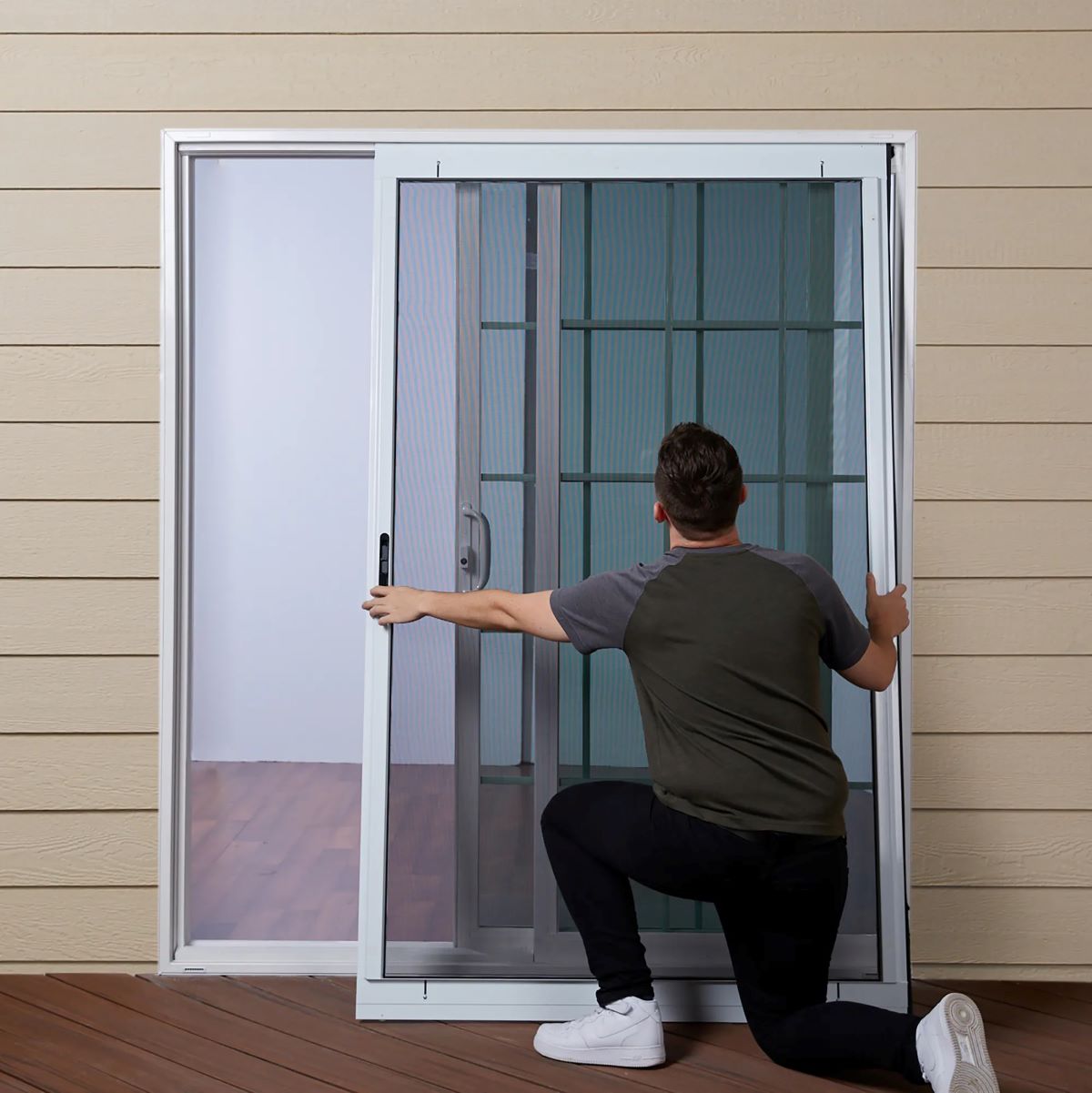
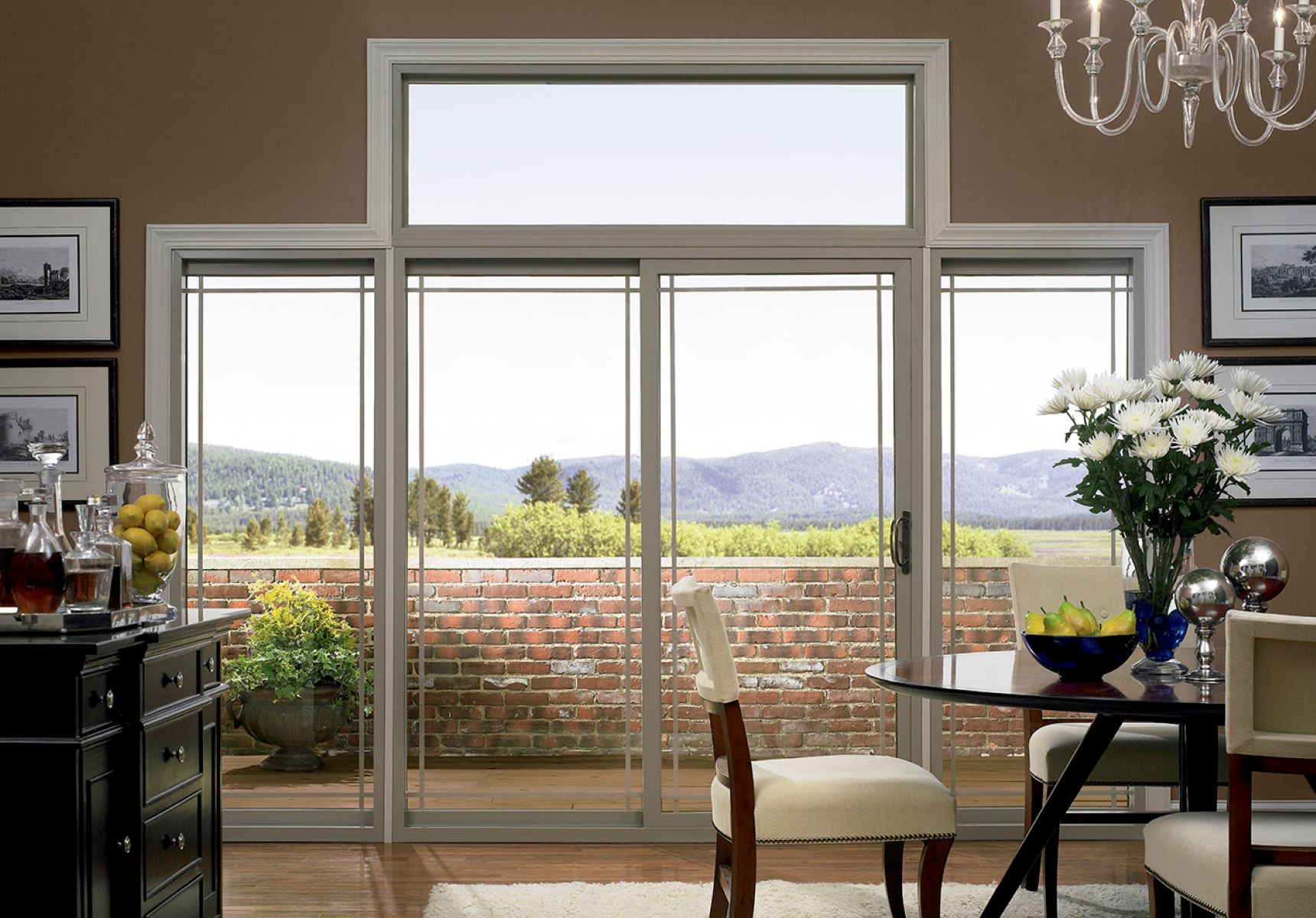
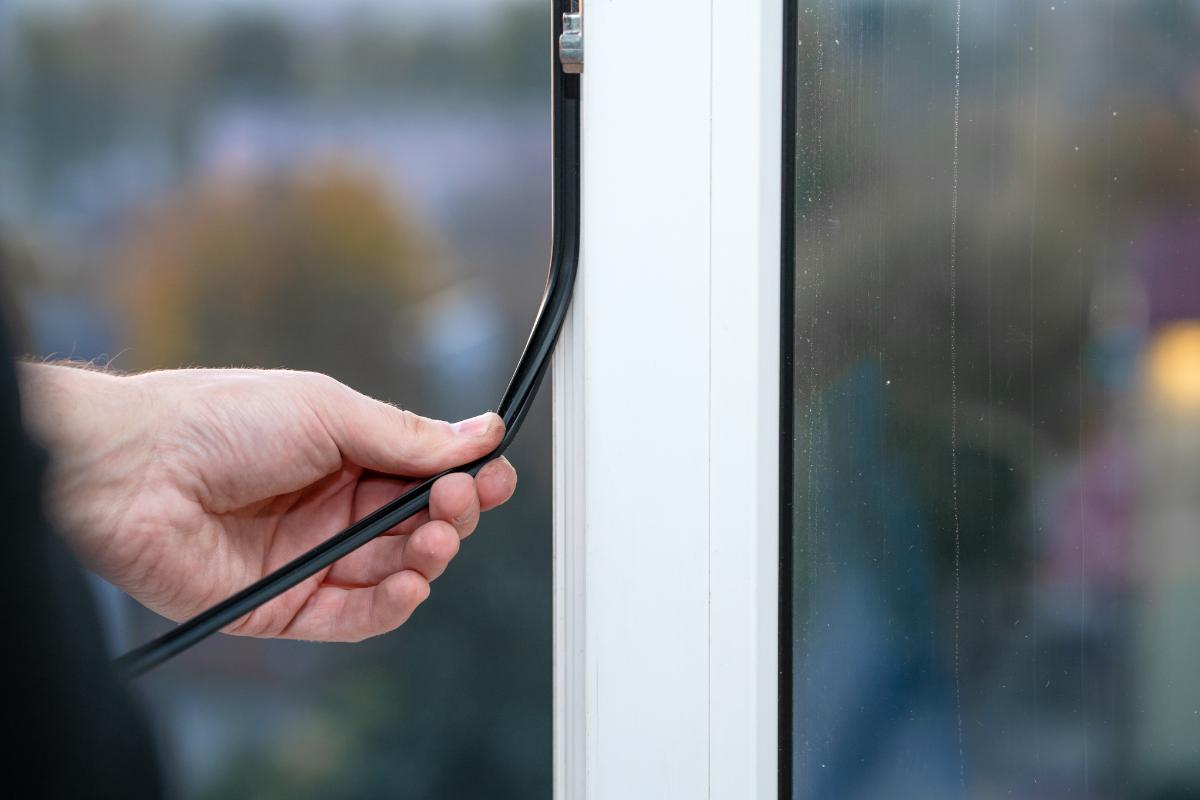

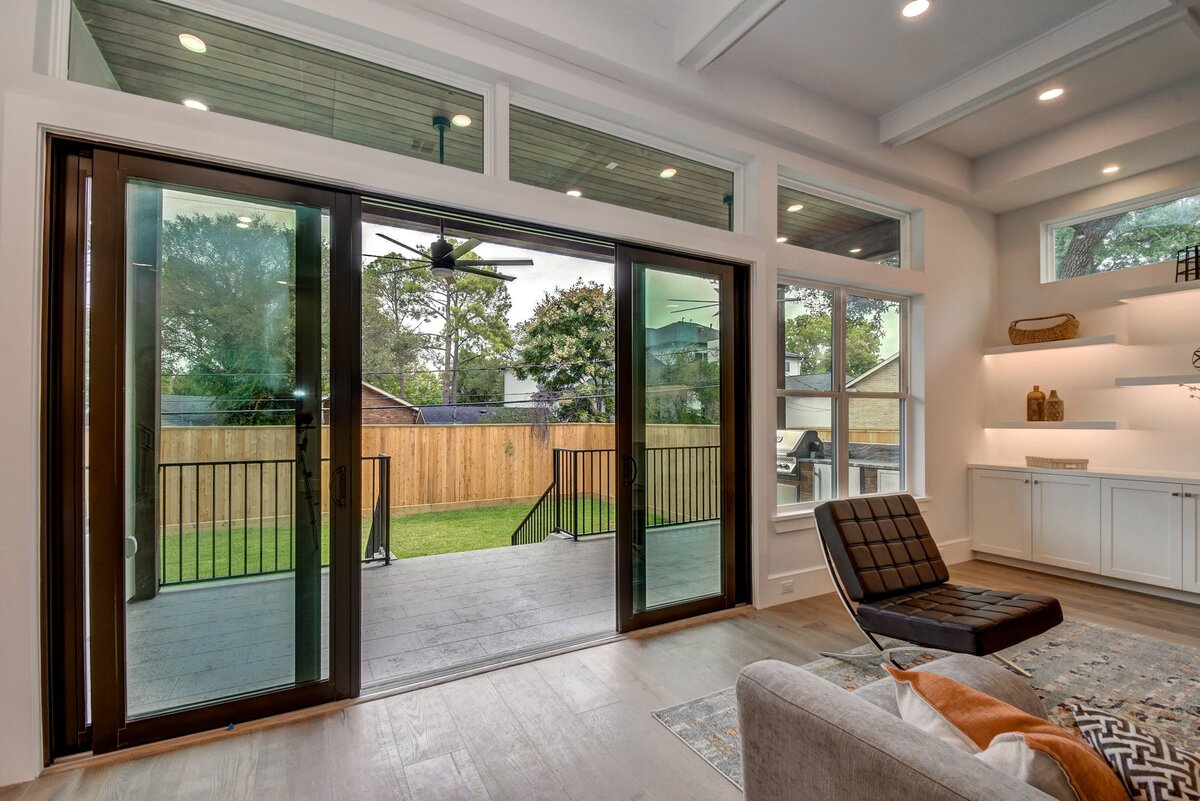
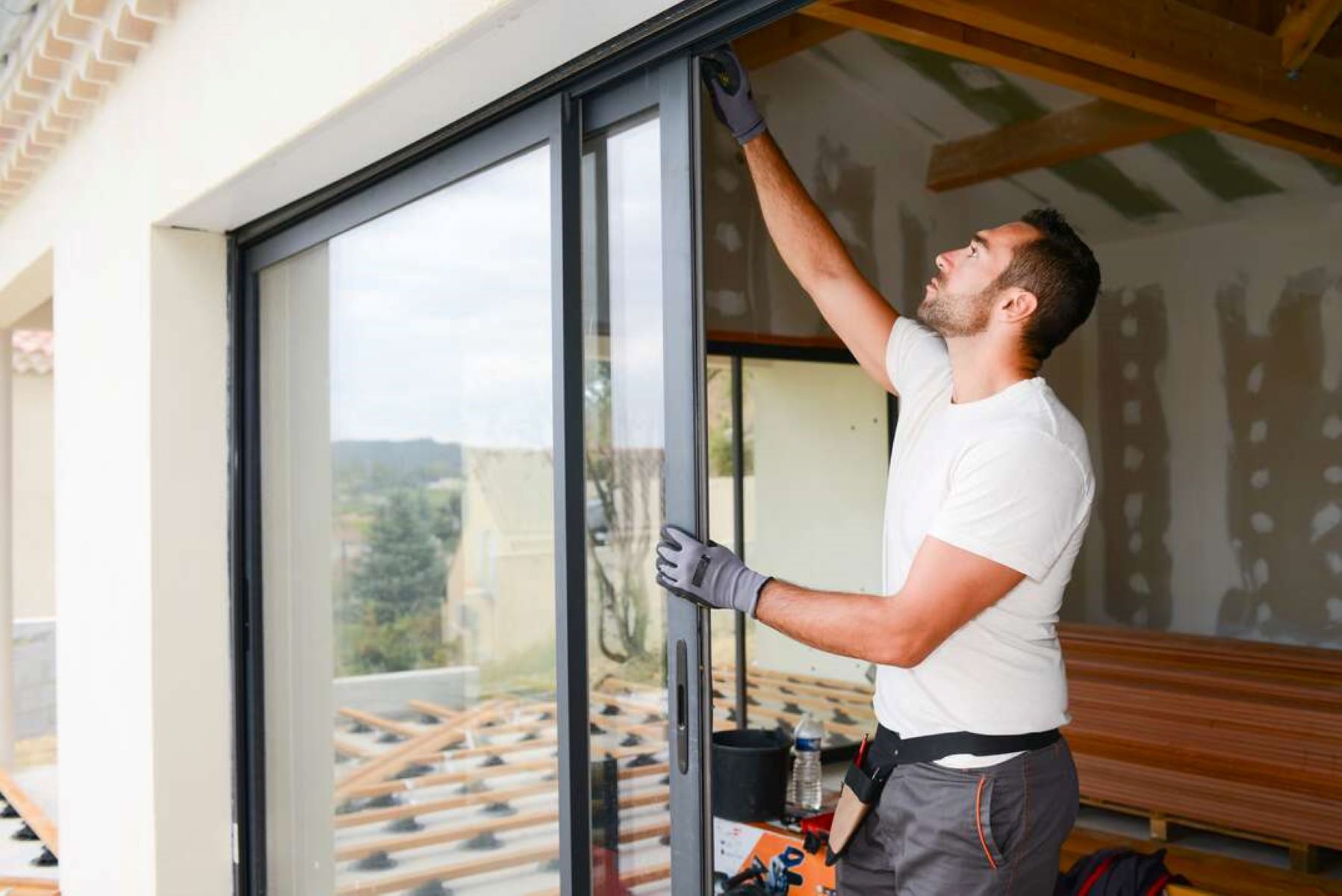
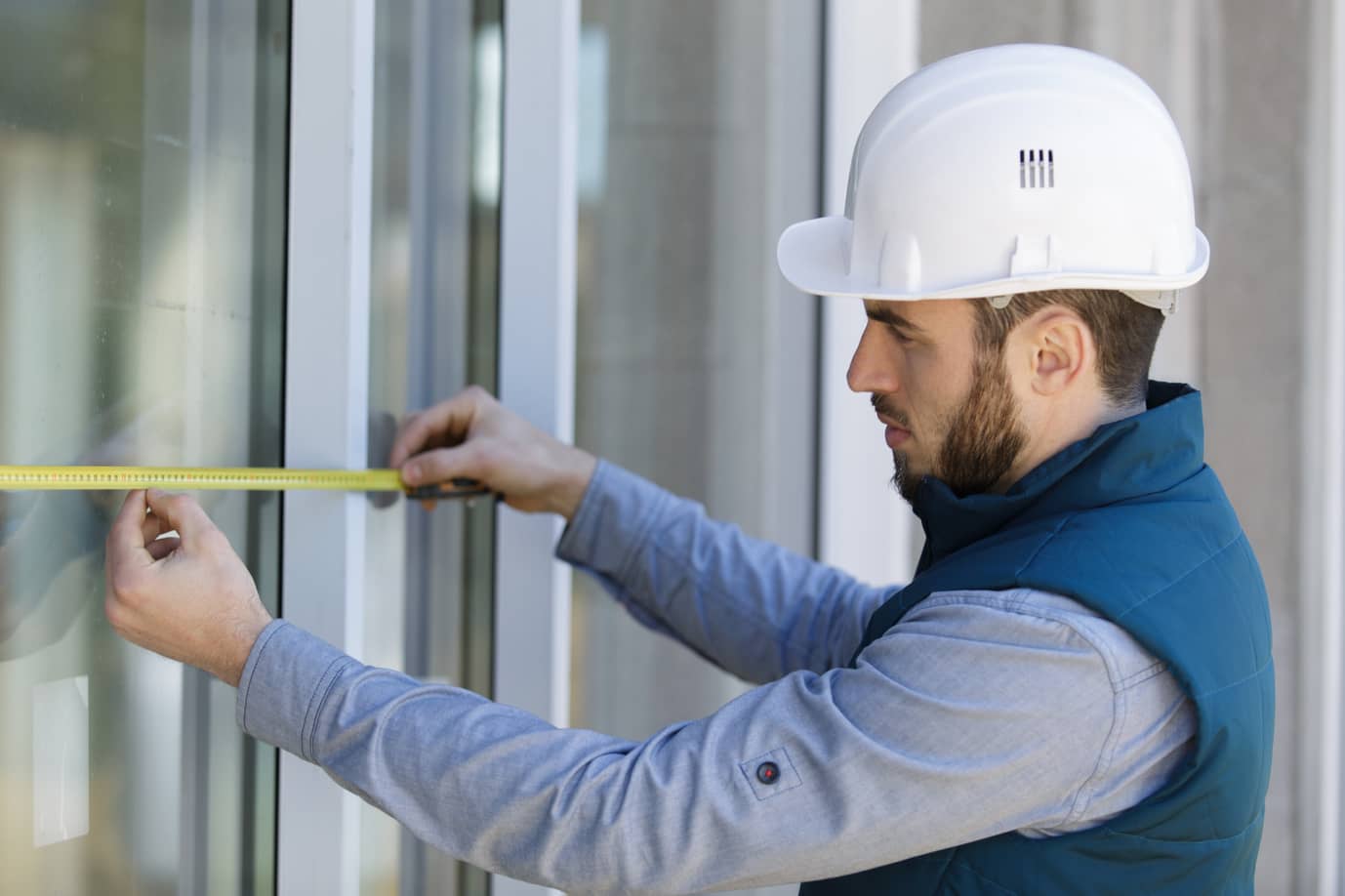
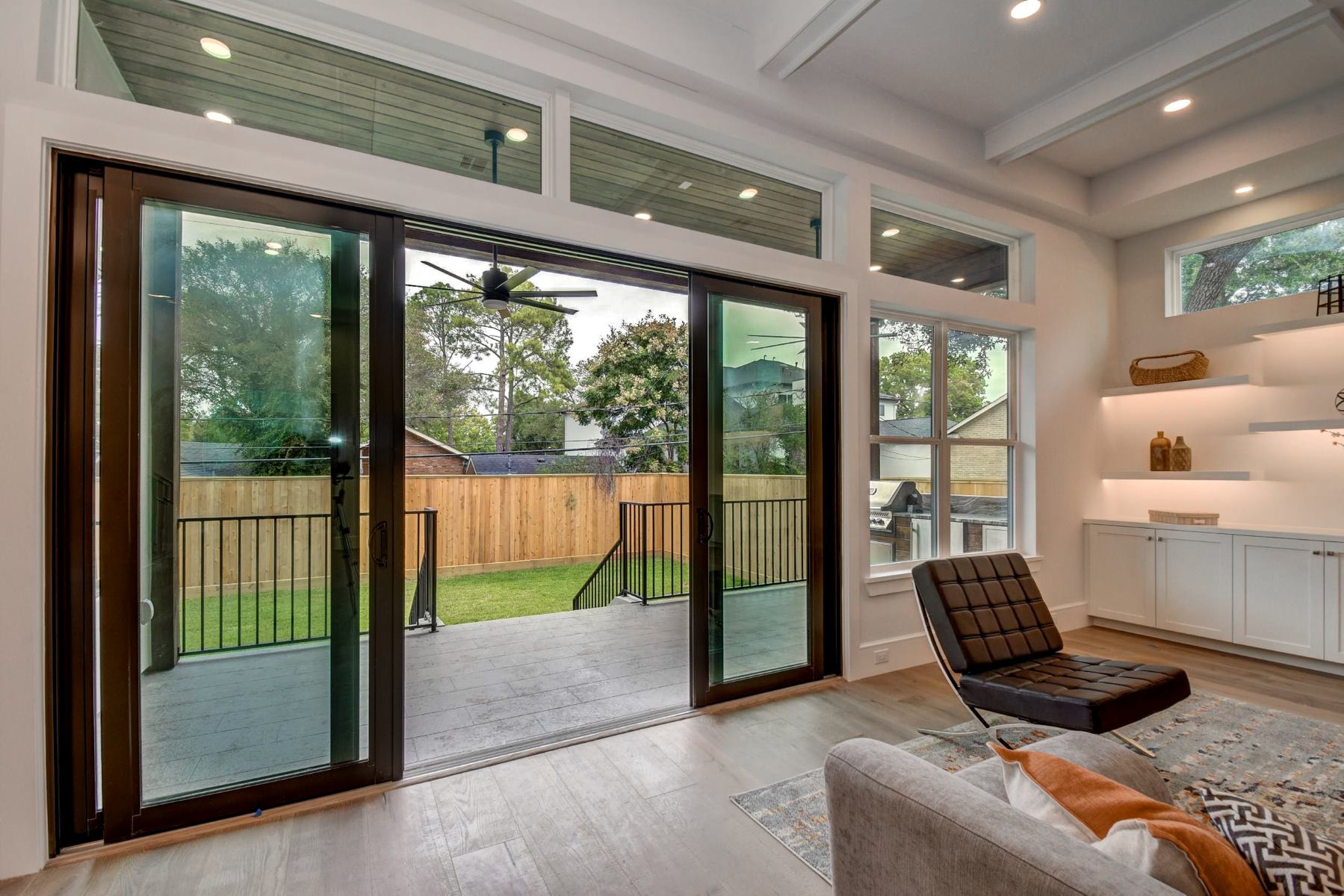
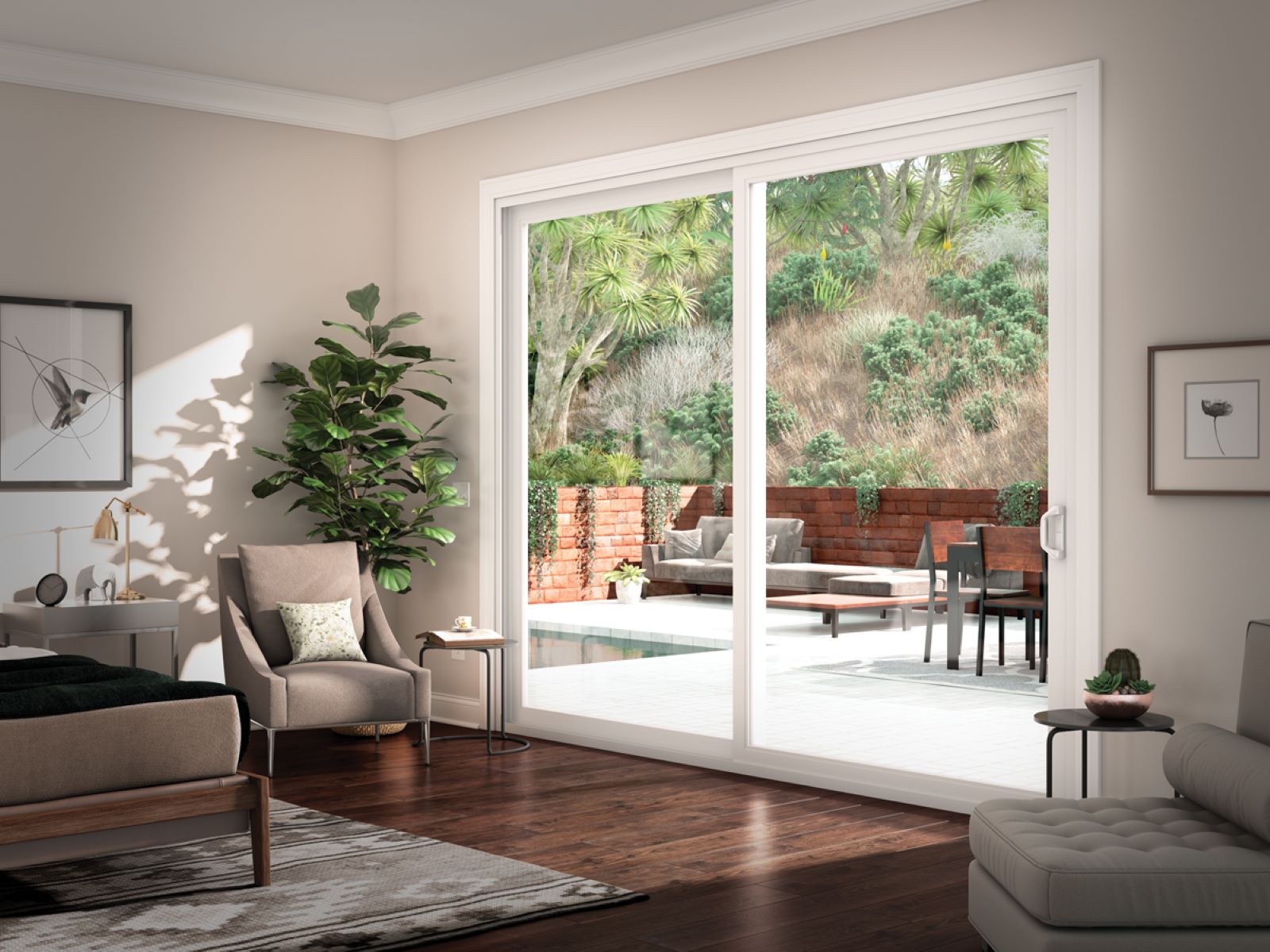
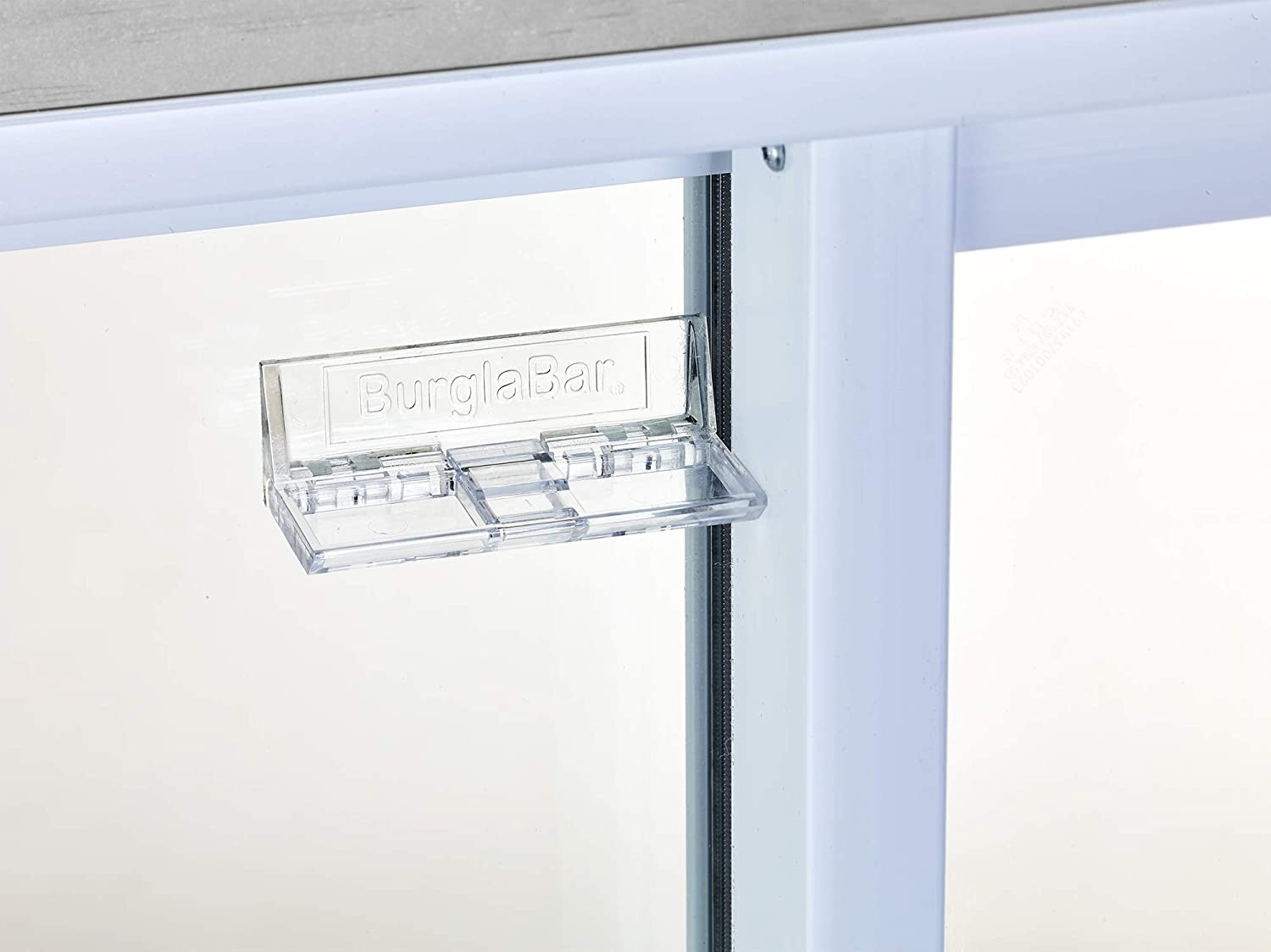

0 thoughts on “How To Weatherproof Sliding Glass Doors”